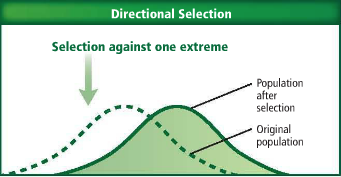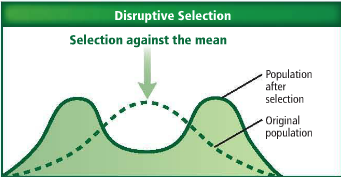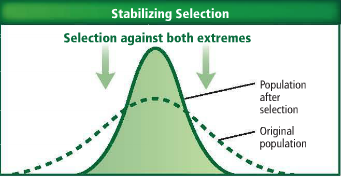AP Biology Test Review Unit 7: Nature Selection
Charles Darwin, Alfred Russell Wallace, and Natural Selection
Charles and Alfred came to natural selection independently
Alfred would later develop the same idea
they came to the same conclusion but in different time periods
Homologous vs Analogous Structures
Homologous - Common Ancestry
examples: forelimbs in whales, humans, bats, etc
Analogous Structures - Convergent Evolution
examples: flying in butterflies, birds, and flying squirrels
Hardy - Weinberg Principal, Calculations, and 5 Conditions
The 5 Conditions
Mating must be random
Large population (at least in the thousands)
No migration (no organisms coming in, no organisms coming out)
No natural selection
No mutations
Calculations
Allelic Frequency
Big “A” or little “a'“; for Hardy “p” as the dominant, “q” as recessive
Genotypic Frequency
AA - pp - p²
Aa - pq/qp
aa - qq - q²
Phenotypic Frequency
Dominant can come from AA or Aa, but recessive can only from aa
As in, if brown eyes is dominant, it could be AA or Aa, but recessive blue eyes can only be aa
to find total dominant phenotype, add AA + Aa
Modes of Selection
Directional Selection

Disruptive Selection

Stabilizing Selection

Sexual Selection, Sexual Dimorphism
Sexual Selection
the idea that a certain fitness/characteristic about a mate that makes the candidate more desirable
Intrasexual Selection
fighting among the same sex for mates (ex: in lion packs, there is only one male with multiple female partners)
Intersexual Selection
mate choice (ex: birds of paradise female birds choose from the male birds)
Sexual Dimorphism
males and females have different appearances (ex: male lions have manes and female lions do not; male peacocks are beautiful and colorful while female peacocks are brown)
Genetic Drift
Founder Effect
a genetic phenomenon where a small group of individuals from a larger population establishes a new, isolated population, leading to a reduced genetic diversity and potentially higher frequencies of certain rare traits or diseases in the new population
Bottleneck Effect
occurs when a population's size is drastically reduced, leading to a loss of genetic diversity and potentially increasing the risk of inbreeding and the expression of recessive traits
Maintenance of Reproductive Isolation to Keep Species Separate
Prezygotic Barriers
Habitat/Geographical Isolation
Mechanical Isolation
Gametic Isolation
Temporal Isolation - Breeding seasons not sync, species active at different times (night vs day)
Behavioral Isolation
Postzygotic Barriers
Reduced Hybrid Viability
Reduced Hybrid Fertility
Hybrid Breakdown - common in plants
Hybrid Zones
<— Original Population —>
original population diverges and in the middle is the hybrid zone
if the species does not continue to diverge is it in a state of “maintained stability”
if the species continues to diverge, it is in a state of “contrived divergence”
when the two species, “maintained stability” and “contrived divergence”, come back together, it is called fusion
Allopatric vs Sympatric Speciation
Allopatric Speciation
occurs when there is a geographical barrier or habitat isolation that prevents the two species from interacting with one another
Sympatric Speciation
usually due to sexual selection or mate choice. can also occur due to lack of or too much competition of a food source. occurs when there is a new species within the parents population
no barriers!!
Origin of Life
Miller - Urey Experiment (Abiotic Origin Theory)
began with inorganic substances (specifically ones that were present during the formation of the Earth’s atmosphere) and were able to form organic substances in a closed system
Extra - Terrestrial Origins
initial life form came to Earth from meteorites and asteroids (space rocks)
RNA World Hypothesis
RNA is the original genetic material and DNA came along later
Endosymbiont Theory
mitochondria and chloroplasts were free-living bacteria engulfed by a eukaryote and formed a symbiotic relationship